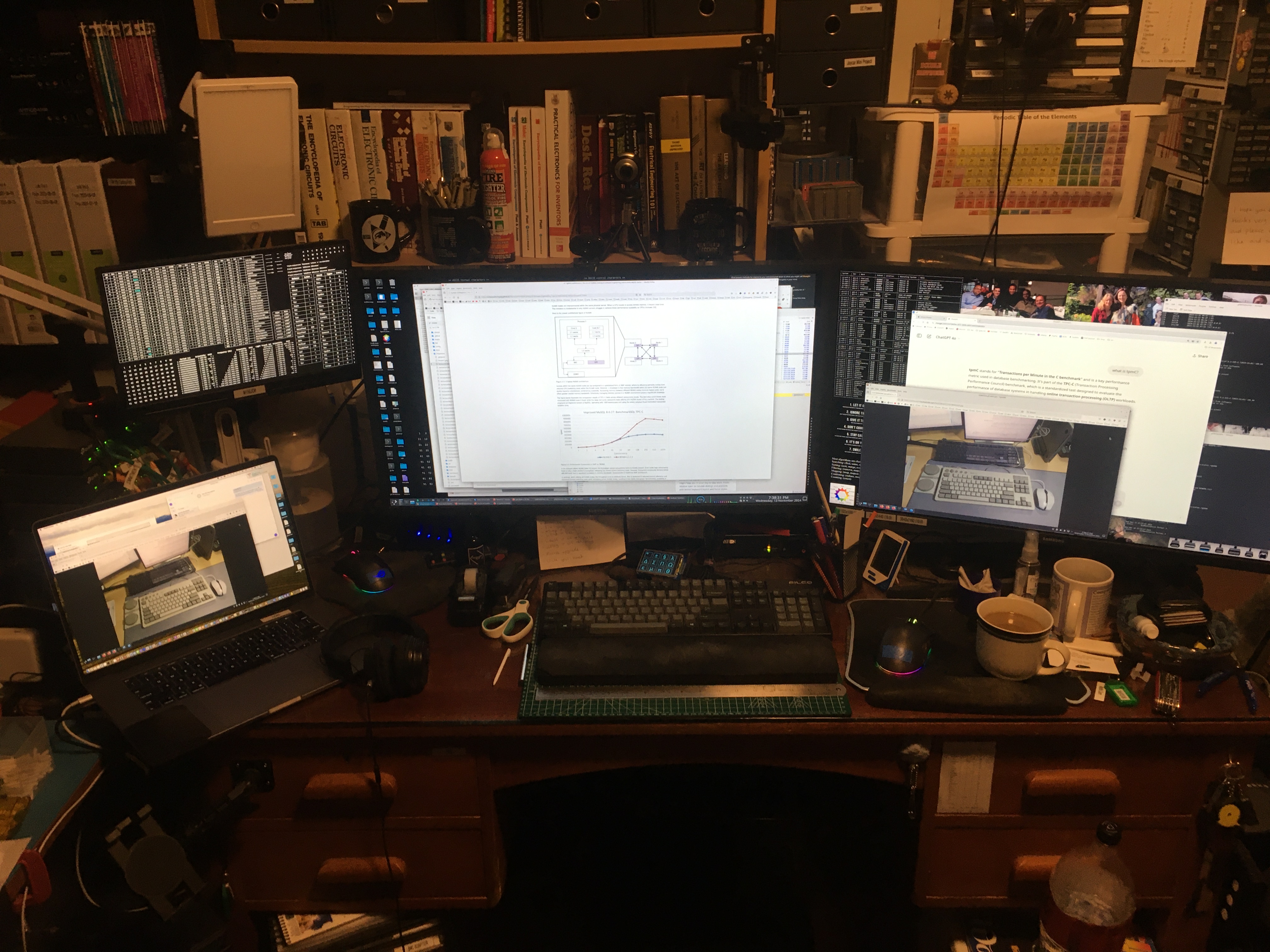Today I came across The Art Of Mixing (A Arte da Mixagem) – David Gibson. It’s a video about how to… mix.
Workstation
Amazon feedback
I don’t usually send feedback but I stumbled upon an email in my inbox asking for feedback on this purchase so I figured I would tell them what happened.
lol. And then it turned out they only wanted a review of the product, and not a review of my customer experience. I am now reminded or why I don’t usually send feedback.
PS1 Programming with MIPS Assembly & C
In another life I would totally take the time to do this: PS1 Programming with MIPS Assembly & C.
MRB063A USB Cable Checker Case
This is a note for Future John: I can get a MRB063A USB Cable Checker Case for my USB Data Cable Test Module for TypeB2.0/3.0 TypeC3.0/3.1/3.2 MicroB3.0/2.0 MiniB2.0 Data Cable Connection Status Function Tester.
StarCraft: Mass Recall
Note to self: check out StarCraft: Mass Recall. Apparently it’s a remake of StarCraft in the StarCraft II engine. I’m not exactly sure where to get it or how it works, but I can probably figure that out.
DOOM3 for 64-bit Intel MacBook Pro
My mate @drakonis referred me to the following:
USB on Hackaday
Some articles about USB on Hackaday recently:
- The USB Type-C Cable That Will Break Your Computer
- An “unbusy” USB-C Port Doubles-up For JTAG Programming
- All About USB-C: Introduction For Hackers
- All About USB-C: Illegal Adapters
- All About USB-C: Resistors And Emarkers
- All About USB-C: Power Delivery
- All About USB-C: High-Speed Interfaces
- All About USB-C: Framework Laptop
- All About USB-C: Pinecil Soldering Iron
- All About USB-C: Manufacturer Sins
- All About USB-C: Talking Low-Level PD
- All About USB-C: Replying Low-Level PD
- All About USB-C: Example Circuits
- USB-C For Hackers: Build Your Own PSU
- USB-C For Hackers: Program Your Own PSU
- USB And The Myth Of 500 Milliamps
- Ubiquitous Successful Bus: Version 2
- Ubiquitous Successful Bus: Hacking USB 2 Hubs
Ring on rope magic trick
This is great: Ring on rope trick tutorial
Rory Sutherland reading list
I just watched this presentation from Rory Sutherland: Rory Sutherland: Want Fewer People to go to A&E? Change the Name | Health | WIRED.
At the end he provides this reading list:
- Thinking, Fast and Slow
- Why Everyone (Else) Is a Hypocrite: Evolution and the Modular Mind
- The Company of Strangers: A Natural History of Economic Life
- The Righteous Mind: Why Good People are Divided by Politics and Religion
- Irrationality: the enemy within
- The Darwin Economy: Liberty, Competition, and the Common Good
- Predictably Irrational: The Hidden Forces that Shape Our Decisions
- Nudge: The Final Edition
- The Rational Animal: How Evolution Made Us Smarter Than We Think
I don’t have the time (or money) to read all of those books, the book I picked to read was Nudge.




